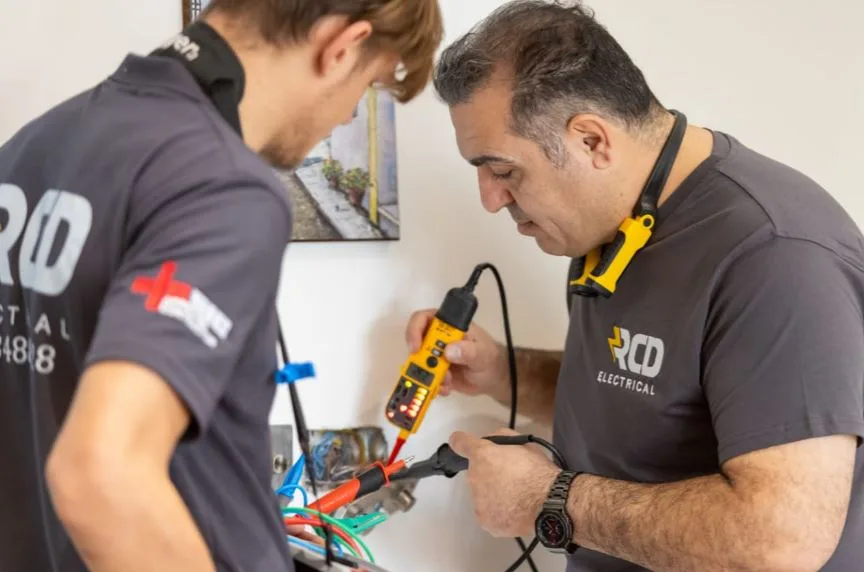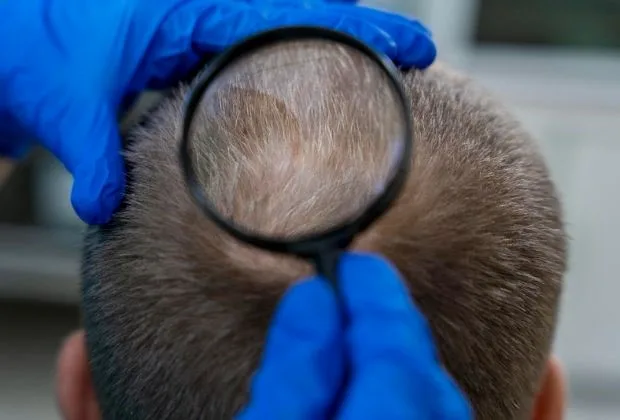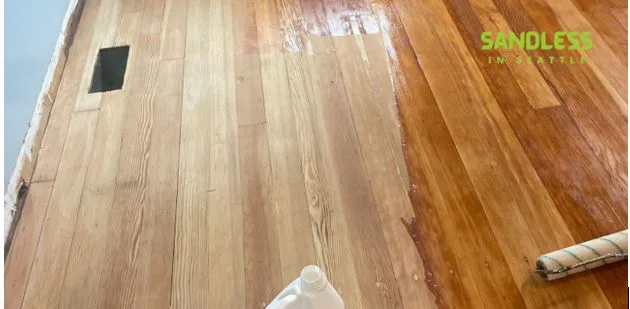Understanding Electrical Faults in Old Buildings of Blackfriars EC4
Blackfriars EC4 is home to a mix of historic architecture and modern developments. Its older buildings often have character and charm, but beneath the walls, they may hide outdated electrical systems that no longer meet modern safety standards. Understanding the nature of electrical faults in these properties is vital to maintaining safety and reliability.
One of the most common problems in older properties is worn or brittle wiring. Many buildings in Blackfriars were constructed before PVC-insulated cables became standard. As insulation materials age, they can crack or deteriorate, exposing live conductors. This not only increases the risk of short circuits but can also cause electrical fires. Homeowners and landlords in Blackfriars EC4 should be alert for tell-tale signs, such as flickering lights, buzzing sockets, or the smell of burnt plastic.
Another widespread issue is overloaded circuits. Decades ago, homes were not built to handle the number of appliances we use today — from smart TVs and chargers to electric heating and induction hobs. When old wiring meets modern electrical demand, overheating and tripping can occur. A qualified electrician in Blackfriars can inspect the circuit layout and recommend safe load distribution or circuit upgrades to reduce strain on the system.
Outdated fuse boxes are also common in older properties. These older boards, often fitted with rewirable fuses, do not offer the same level of protection as modern consumer units equipped with RCDs (Residual Current Devices). An RCD quickly disconnects power when it detects a fault, greatly reducing the risk of electric shock. Replacing old fuse boxes with an RCD-protected unit is a major safety improvement — and it’s one of the first steps a responsible homeowner should consider.
Moisture is another hidden enemy in older Blackfriars buildings, especially those with basements or cellars. Dampness can affect wiring, corrode metal components, and lead to insulation failure. Regular EICR inspections (Electrical Installation Condition Reports) help identify such deterioration early. An electrician Blackfriars with experience in heritage properties will understand how to handle these sensitive conditions without damaging historic fabric.
Faults aren’t always due to age; sometimes, they stem from DIY alterations made over the years. Uncertified work, poorly connected joints, or overloaded extension leads can introduce hazards. It’s crucial to ensure that any electrical additions are inspected and certified by a professional. A local electrician in Blackfriars can check that wiring complies with BS 7671 (IET Wiring Regulations) and the UK’s latest safety codes.
When dealing with old buildings, prevention is always better than repair. Regular inspections every five to ten years — or more often for rented properties — can catch minor issues before they become major failures. In Blackfriars EC4, where many buildings are both historic and mixed-use, professional electrical maintenance keeps tenants, staff, and equipment safe.
For residents or property owners, practical steps include avoiding overuse of extension cords, switching to LED lighting (which draws less current), and testing RCDs monthly. If lights dim when you switch on a kettle, or circuit breakers trip frequently, it’s a sign your system may be under stress. Do not ignore these symptoms — contact a qualified electrician Blackfriars residents rely on for safe, code-compliant solutions.
Maintaining electrical safety in old buildings doesn’t mean stripping away history. Instead, it’s about preserving heritage while embracing modern standards. With careful assessment, rewiring, and professional oversight, Blackfriars EC4’s beautiful older properties can remain safe and functional for decades to come.





